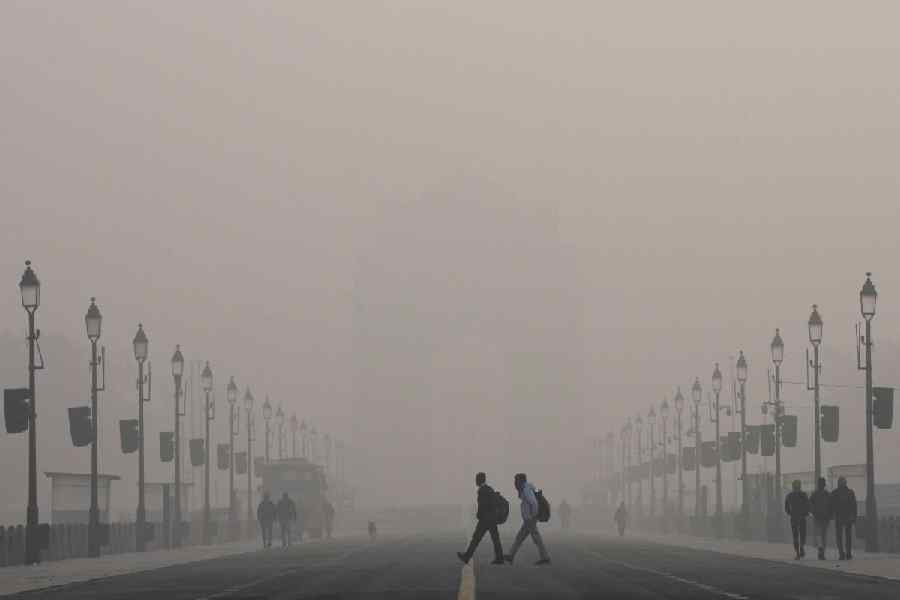Cyclists have flooded bike lanes and bridges to avoid taking the New York City subway. One man in his 50s has started walking two hours from Brooklyn to Manhattan for work each day to avoid taking the train. A recent college graduate who lives in Manhattan is considering moving in with her parents so she can use their car to drive to work in the Bronx.
As concerns over the coronavirus escalate across the New York City region, many riders have abandoned crowded public transit to protect themselves from the virus, which as of Thursday had infected nearly 330 people in the state.
“To be on public transportation, I just feel like it’s a risk that’s not really worth taking,” said Joe Misseri, 30, who started biking to his office in Manhattan’s Battery Park City from the East Village this week.
Others have decided to walk to work instead of using the subway.
Gilbert Midonnet, a software developer, began walking two hours from his home in Cobble Hill, Brooklyn, to his office in mid-town Manhattan this week to avoid any possible exposure on the train.
“I like walking, and of course it’s been nice outside,” Midonnet said. “Of course, if it gets cold again I’m not sure how sustainable this lifestyle is, unless it’s a World War Z sort of thing where no one is going into the subway.”
The Metropolitan Transportation Authority, which oversees the subway, buses and two commuter railroads, said that on Wednesday ridership fell by nearly 20 per cent on subways and 15 per cent on buses compared with a similar day last year. The subway system typically handles around 5.5 million riders each weekday.
During the morning rush on Thursday, ridership on the Long Island Rail Road was down 31 per cent, and on Metro-North Railroad, which serves suburbs north of New York, it was down by 48 per cent compared with a similar rush hour last year, MTA officials said.
Metro-North provides service to New Rochelle, the town in Westchester county that has been the site of the state’s worst outbreak and where governor Andrew M. Cuomo declared a “containment zone” to effectively quarantine part of the town.
New Jersey Transit, which operates a vast network of commuter trains and buses, has seen a roughly 20 per cent decline in bus and rail ridership this week compared to the same days last week, according to preliminary data from agency officials.
Ridership on the PATH rail network, which links cities in northern New Jersey to Manhattan, also declined nearly 20 per cent in the first three days of this week compared to last week, according to Port Authority officials.
“I think that we’re going to see an uptick in ridership falling off a little bit and that’s to be expected,’’ Sarah Feinberg, the interim president of New York City Transit, which operates the subway and buses, said on Thursday on the Brian Lehrer radio show. “I mean, I think we have not seen the worst of this virus yet.”
Officials expect even steeper ridership declines in the coming weeks now that the state and city have imposed sweeping restrictions on large gatherings, forcing the closing of Broadway theatres and many museums. An increasing number of employers are telling their employees to work from home.
So far transit officials have not considered reducing service, but may decide to do so if ridership drops dramatically or health officials advise it, Feinberg said.
NJ Transit riders who purchased monthly passes but are now working from home can mail in their passes andreceive a prorated refund.











